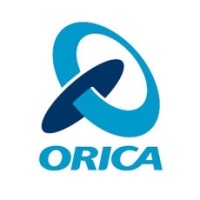
Orica
Our story began in 1874, when we first supplied explosives to the Victorian goldfields in Australia. Since then, we have grown to become one of the world’s leading mining and infrastructure solutions providers. From the production and supply of explosives, blasting systems, mining chemicals and geotechnical monitoring to our cutting-edge digital solutions and comprehensive range of services, we sustainably mobilise the earth’s resources. With 150 years of expertise, our 14,000+ community of engineers, scientists, technologists, operators, business specialists and on-site crew support customers in surface and underground mines, quarry, construction, and oil and gas operations. Sustainability is integral to our operations. Our approach to sustainability begins with ensuring we operate our business responsibly, and by prioritising the safety of our people, customers, and communities. We are in a unique position to leverage our expertise in technology to create safer and more responsible solutions and deliver positive economic, social, and environmental contributions through our business activities.






